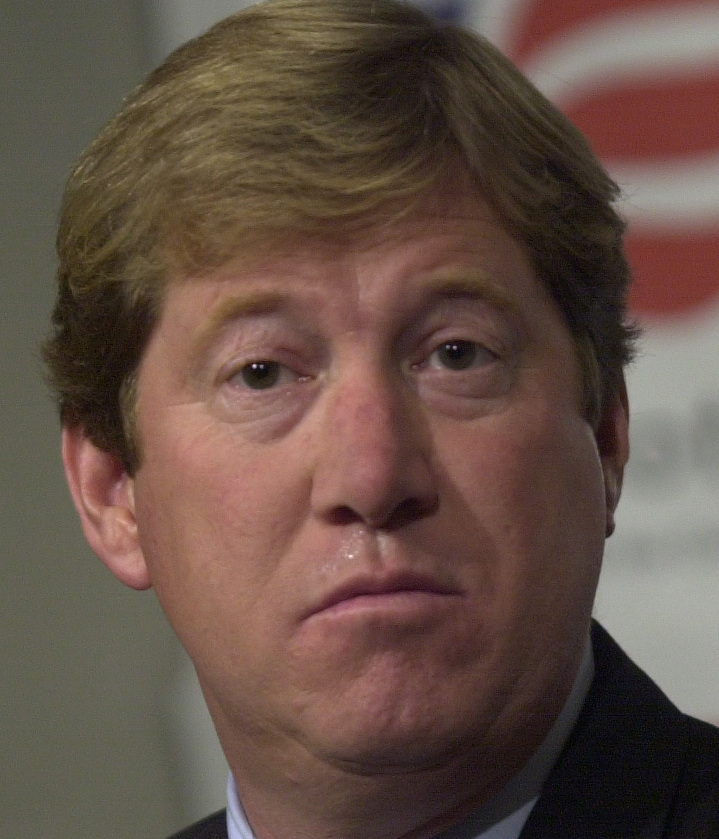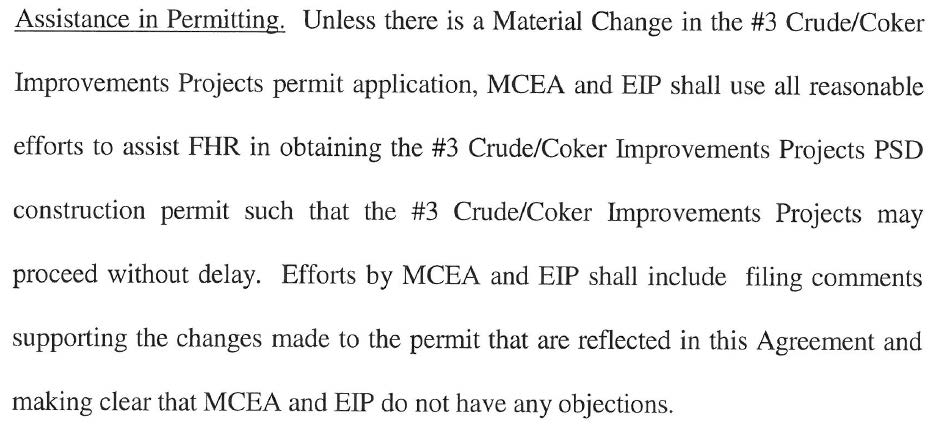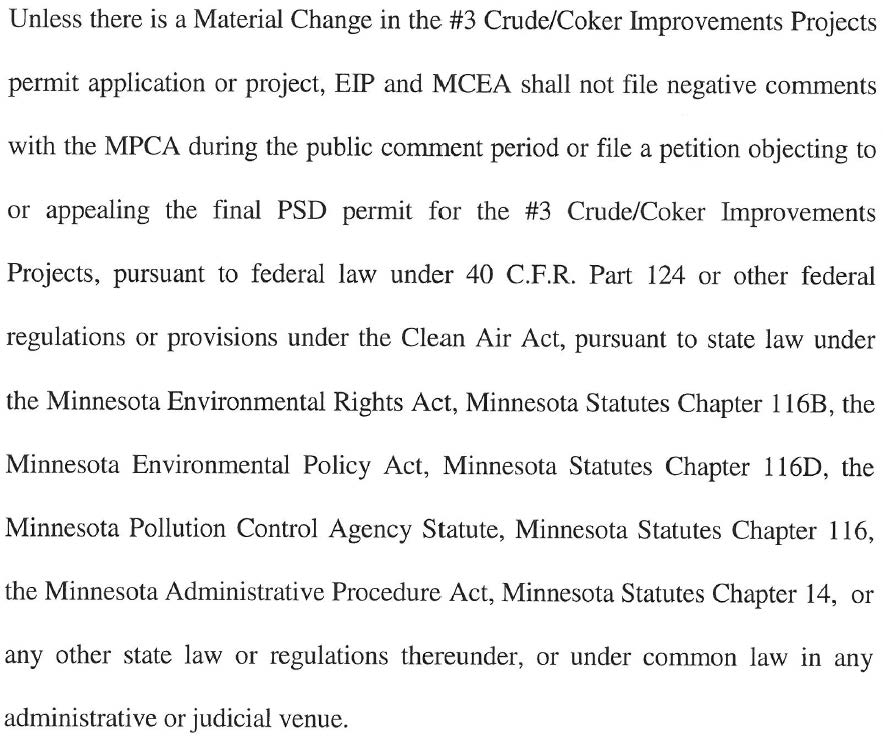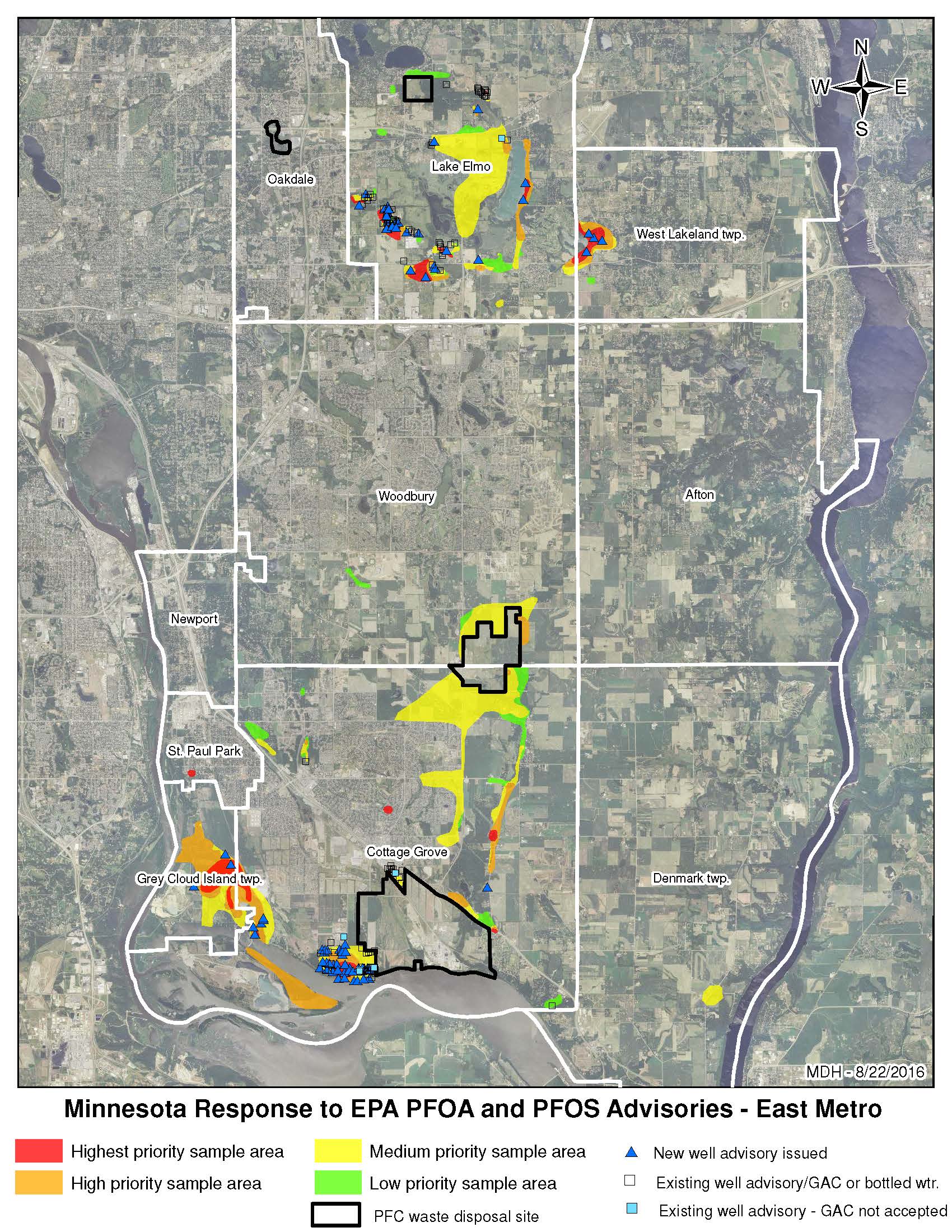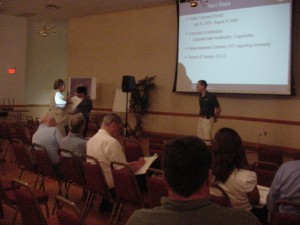2nd CD race in The Nation… and Koch Refinery
September 4th, 2016
The Terrible Mini-Trump of Minnesota — and the Progressive Who’s Running Against Him
This is an odd article. Lewis is indeed terrible, and doesn’t even live in the district (not a requirement for Congress — that needs to be changed), and Angie Craig is a “progressive” NOT! They’re both wealthy corporate toadies, with Craig’s flavor distinctly DFL and edging a bit left, but more in the middle, and not nearly far enough to be labeled “progressive” nor to offset the extreme reactionary Republican politics of Lewis.
But what’s most odd about this is the articles’ digging into the politics of oil in Minnesota, of pipelines, and of environmental groups doing the deals that benefit the Koch Bros. It’s good to see this receive some scrutiny. From the article:
NOTE: PINE BEND/KOCH REFINERY IS LOCATED IN THE 2nd CONGRESSIONAL DISTRICT.
The article then starts in on the EPA and the Clean Water Rule, contested by Republicans, and we know well of Republican efforts to eliminate the EPA. But it also correctly reports that “our” Sen. Amy Klobuchar vote with Republicans against the Clean Water Rule, and only after pressure changed her vote the next time it came up. There’s nothing green about Sen. Amy Klobuchar!
As for the refinery, here’s how they work, buying out local governments and “environmental” groups — from the article:
The refinery became notorious in the 1990s for toxic pollution, especially of the water. Flint Hills Resources, the Koch brothers’ company that runs the refinery, paid millions of dollars in environmental fines in the 1990s and 2000s. At the same time it launched a major greenwashing effort, which continues today: help for Minnesota ducks, support for Minnesota Public Radio, funding a children’s theater festival in St. Paul. An example of the Koch spin: As part of a 2013 plan to expand the refinery, the company announced that it had signed an agreement with two environmental groups to “cut greenhouse gas emissions at the refinery by about 52,000 metric tons per year.” Cutting emissions—what could be better? Except that the “cut” is “about a fifth of the total expected increase from the project.” That means the net increase in greenhouse-gas emissions will be 260,000 metric tons—into the air south of the Twin Cities—every year.
“… pollution… especially of the water.” ??? Here’s the deal referenced above, one that anyone challenging pipelines, refineries, water pollution, and air emissions, should be aware of, a deal between “Flint Hills Refinery,” Minnesota Center for Environmental Advocacy (MCEA) and the Environmental Integrity Project (EIP) (can you believe that name?!?!) where the “environmental” orgs backed off on their air emissions permit challenge:
This deal was found online, on the EIP website, and then was removed from the page but the link remains (Here’s the link to EIP posting — download HERE NOW before it disappears). I’d posted this back in 2013:
MCEA deal with the Koch Bros?
A cool $1 million went into a fund to “reduce PM 2.5” through a diesel program, that’s the part that was made public. Is there other money passed out for this agreement? And there’s this:
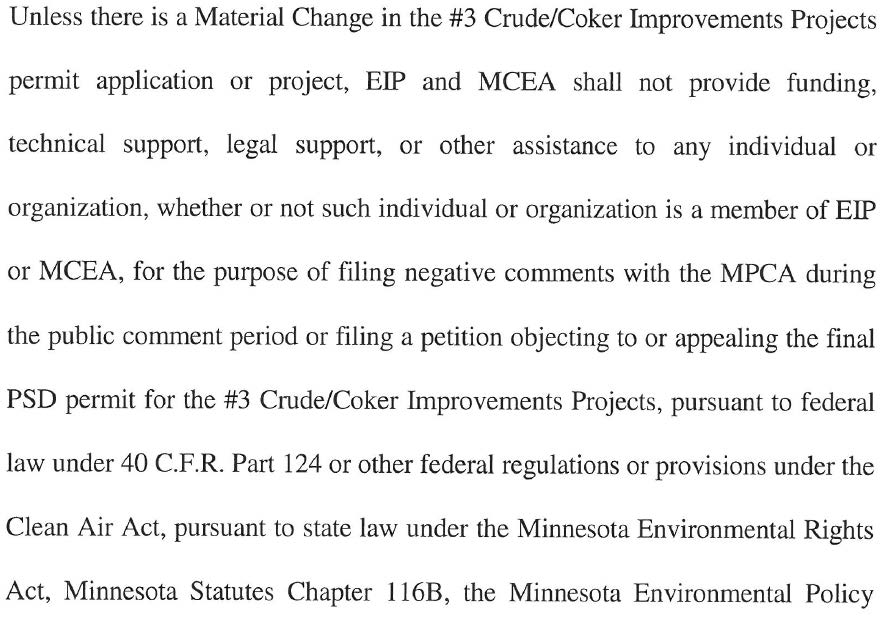
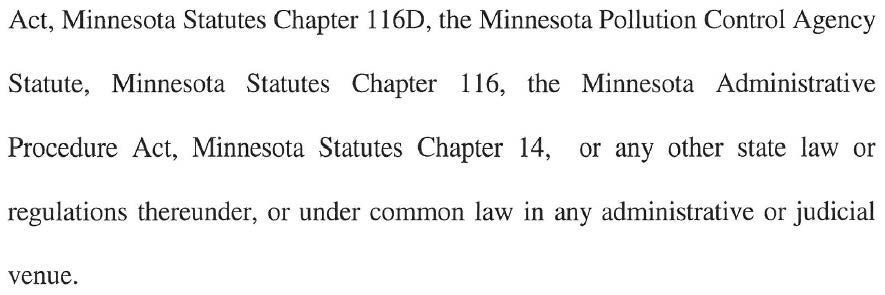 And most importantly, the Confidentiality clause!
And most importantly, the Confidentiality clause!
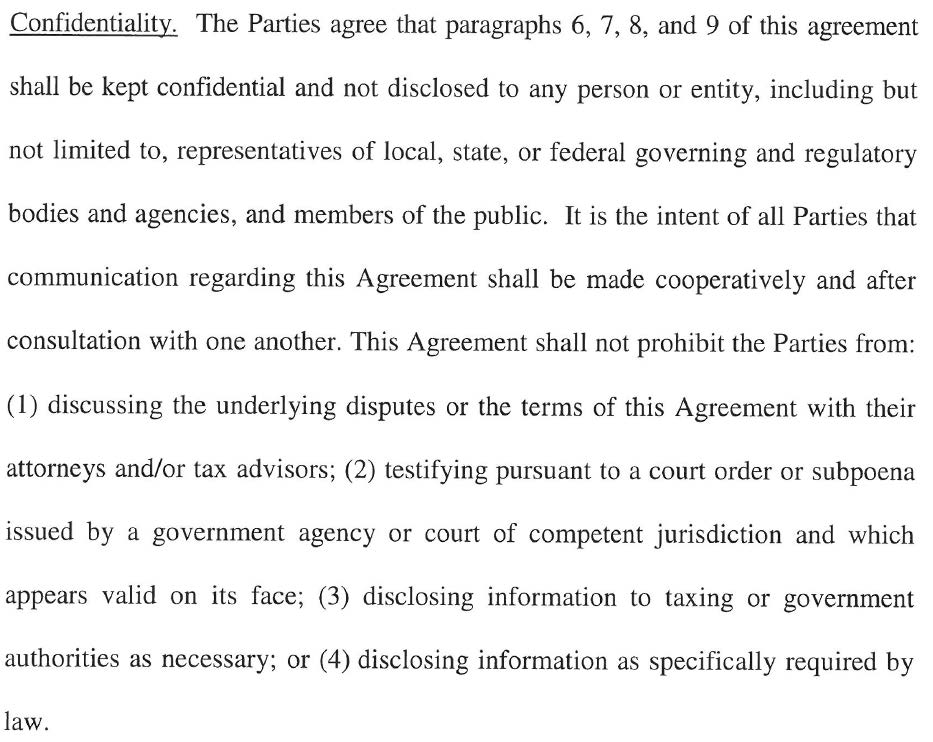 Were there other deals? This one was to be kept “confidential.” (Again, the link to EIP posting — download HERE NOW before it disappears) From my years of work and association with United Citizens Action Network (U-CAN) against the CapX 2020 transmission project, and knowledge of their isolation in fighting the MinnCan pipeline, which went from the Bakken oil fields to the Pine Bend/Koch refinery, that NO “environmental” groups intervened against that pipeline, and that only MPIRG tried to help U-CAN, it’s hard to believe that there was not a deal of some sort. The silence was deafening.
Were there other deals? This one was to be kept “confidential.” (Again, the link to EIP posting — download HERE NOW before it disappears) From my years of work and association with United Citizens Action Network (U-CAN) against the CapX 2020 transmission project, and knowledge of their isolation in fighting the MinnCan pipeline, which went from the Bakken oil fields to the Pine Bend/Koch refinery, that NO “environmental” groups intervened against that pipeline, and that only MPIRG tried to help U-CAN, it’s hard to believe that there was not a deal of some sort. The silence was deafening.
To look up the MinnCan pipeline docket, go HERE and search for dockets 05-2003 for the Route Permit and 06-02 for the Certificate of Need (Note the pipeline company is sometimes “Minnesota Pipeline Company” and “Koch Pipeline Company.”). Note the lack of an Environmental Impact Statement, the due process issues, and NO intervenors in the Certificate of Need, and none of the “environmental” orgs in Minnesota intervened in routing either… what a mess that was.
Do tell — what are the positions of Jason Lewis and Angie Craig on the air and water pollution from the refinery in CD2? Where are the Minnesota “environmental” organizations on the air and water pollution from the refinery and the Bakken BOOM! oil trains in CD2?
Dept. of Health & 3M’s PFC/PFOA contamination
August 23rd, 2016
3M has gotten away with poisoning the water of Minnesota, and the Dept. of Health has taken some protective and/or remedial measures, but it’s not nearly enough. Isn’t it a wake-up call that we need a “Drinking Water Health Advisory” in this Land of 10,000 Lakes? Minnesota’s “Pollution Control Agency” has not been proactive on this, and we’ve known about 3M’s contamination for how long? This is why we need the EPA! The EPA is leading the charge, and Minnesota’s Department of Health (MDH), as above, has “responded” to the EPA Advisories.
80 Washington County homes will get bottled water as state reviews new pollution rules
In part:
The Dept. of Health page:
MDH Response to EPA Health Advisory for PFOS and PFOA
From the EPA’s page:
Basic Information
- Fact Sheet on PFOA and PFOS Drinking Water Health Advisories (May 2016)
- BLOG: Science Guides Public Health Protection for Drinking Water by Joel Beauvais
Technical Information
- FR Notice on the Health Advisories for PFOA and PFOS (May 25, 2016)
- 2016 PFOA Health Advisory
- 2016 PFOA Health Effects Support Document
- 2016 PFOS Health Advisory
- 2016 PFOS Health Effects Support Document
- 2016 EPA Response to Peer Review Comments
Provisional Health Advisories and Draft Health Effects Documents
Technical documents
- 2009 Provisional Health Advisory
- 2014 Draft Health Effects Document for Perfluorooctanoic Acid (PFOA)
- 2014 Draft Health Effects Document for Perfluorooctane Sulfonate (PFOS)
- Peer Reviewer Summary Report: External Peer Review of EPA’s Draft Health Effects Documents for Perfluorooctanoic Acid (PFOA) and Perfluorooctane Sulfonate (PFOS)
Peer Review
Metachem meeting in Delaware City Tuesday
July 30th, 2009
Alan Muller, Green Delaware, questioning and commenting at the meeting
Tuesday night, there was a meeting in Delaware City regarding the “Standard Chlorine of Delaware, a/k/a Metachem Superfund Site.” This meeting was to gather comments on the “OU3 Proposed Plan.”
Here’s a link to the News Journal article about it — and the full story is below:
EPA: Metachem toxins will linger
Comments must be sent in by August 14, 2009, postmarked if mailed by that date, to:
thornton.hilary@epa.gov Hilary Thornton, Mailcode 3HS23 US EPA, Region 3 1650 Arch Street Philadelphia, PA 19103
****************************************
Here are my comments, sent just now:
Now, take a few minutes and work on yours!
****************************************
The way they handle these proceedings, it’s misleading and diversionary, a false, technical compartmentalization of the problem and solutions, which leads to a preordained, incomplete, and probably ineffective “clean-up.” Part of the problem is that it’s not clear that cleaning up is a priority. My impression is that they’re just interested in “dealing with it” in some way, the CHEAPEST way, checking off the “OU3 box” and moving on.
Their plan, their PREFERRED plan, is to cover it up and move on to “OU4.” Their “Preferred Plan” is, direct from their powerpoint slide 8:
2A. Surface Cap/Institutional Controls Impermeable Surface CapInstitutional Controls
- Cap materials TBD during Remedial Design Phase
- Cap materials and thickness would vary depending on future land use
Five-Year Reviews
- Future land use must not interfere with ongoing remedies
Est. $11.5 – 18.5 Million
- Required for any Superfund Site where contaminants remain
Why look! Imagine that! This is the CHEAPEST of the options. All options are “cap” crap, with “materials TBD” and, based on prior past bad experience with DNREC’s “hare-brained” ideas (yes, that’s a direct quote)for “beneficial use” and using coal ash and sewage sludge to cap the dump next to the river:
- I asked whether they’d use coal ash in the “TBD” cover material, and they would NOT commit to rejecting coal ash.
- I asked whether they’d use sewage sludge in the “TBD” cover material, and they would NOT commit to rejecting sewage sludge.
This is where that compartmentalization becomes a problem. They said that was not an issue for “OU3” and that it would be addressed in the “design phase.” Uh-huh, and the public is involved in that exactly HOW? And hello — WHAT the impermeable surface is has much to do with the appropriateness of using an impermeable cover. Rainfall on the impermeable cover will trickle off the cover over the edge, onto and into the ground, groundwater, etc. Even if it’s asphalt, that should be considered. Isn’t the EPA is in the process of addressing coal ash, and a rule pending?
Cost… Their “preferred” option 2A costs $11.5-18 million. The others?
The other options, from their powerpoint:
2B Surface Cap/ICs, with Soil Vapor Extraction Same surface cap and ICs as mentioned in 2A, plus an in Situ SVE system:2B Surface Cap/ICs, with ISTD Same surface cap and ICs as mentioned in 2A, plus in Sit thermal Desorption:
- Est. 200-500 air extraction wells at 50′ depth
- Treat contaminated air from beneath the cap
- treat off-gas from SVE system before discharge
- Additional sampling to identify “hot spots”
- Pilot study first, to test effectiveness
- Est. $19.1-20.2 Million
- Est. 2,800 heater and 1,400 heated vapor extraction wells, 8-12′ apart through 330,000 sq. ft. area
- Additional sampling to identify “hot spots” within 10′ of barrier wall
- Pilot study first, to test effectiveness
- Est. $92.8-99.8 Million
Let’s see… $11.5-18.5 v. $19.1-20-2 & $92.8-99.8. Doesnt’ take a rocket scientist to see that the cheapest “option” is “preferred,” and since when is cost the primary driver? Is this an indication of how they value those living here, drinking the water, breathing the air?
Oh, and did I mention they admitted, finally, that the contamination goes down at least 140 feet! That’s something they haven’t wanted to talk about before.
These options are the only ones looked at, the only ones that are under consideration.
CONSIDER THIS: One other option I want them to consider is to dig up part of the site, the cleaner part, and put a liner down there and take the contaminated dirt from the rest of the site and bury it there with the solid multi-layer liner, and then cover it.
Here’s an example of that in Minnesota, showing that it can and should be done. This is a scenario where it’s been sitting there since before the mid 70s, it has contaminated ground water in Lake Elmo and Oakdale, Minnesota. They’re using three layers of liner over packed clay and another three layers of plastic, plus sand with a collection and draingae system. In the Metachem case, they know groundwater is contaminated, that it’s seeping down, so what, short of this, will stop it? Take a look — Tom Meersman did a very good job on this:
History-making landfill do-over in Washington County
